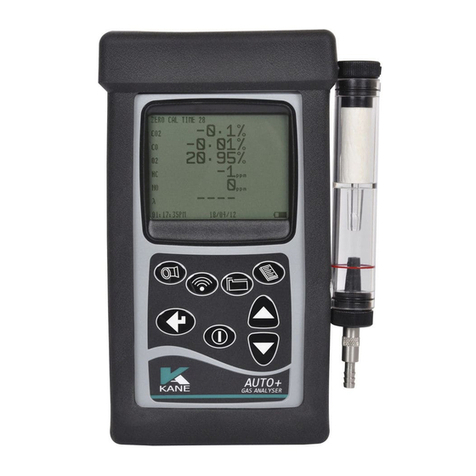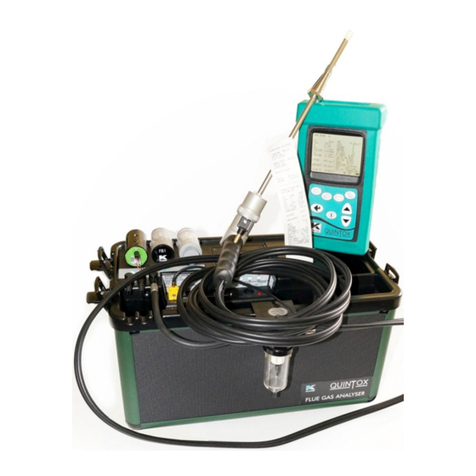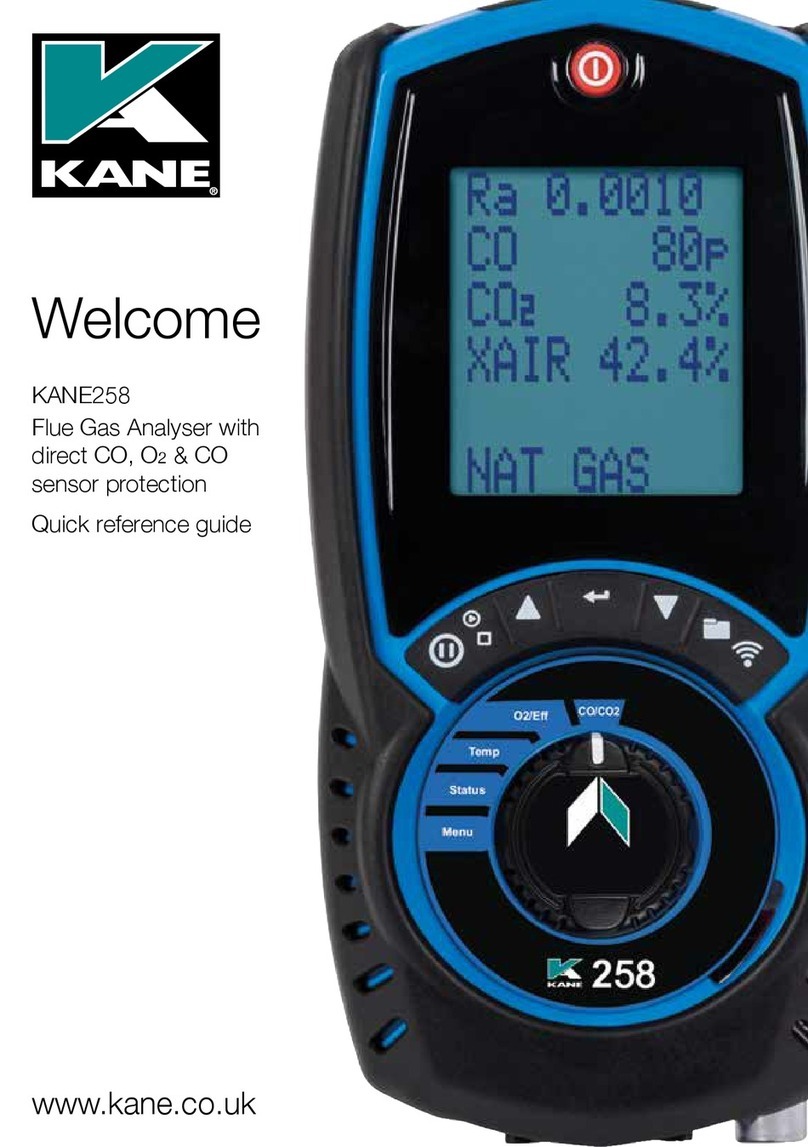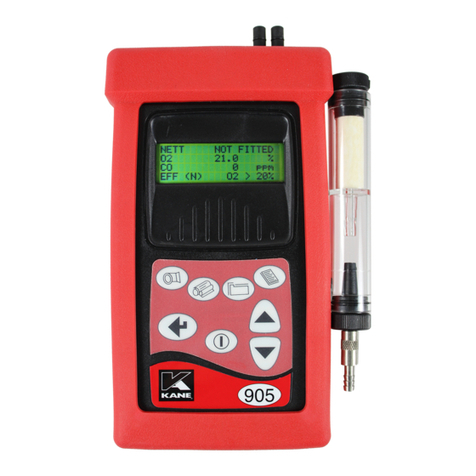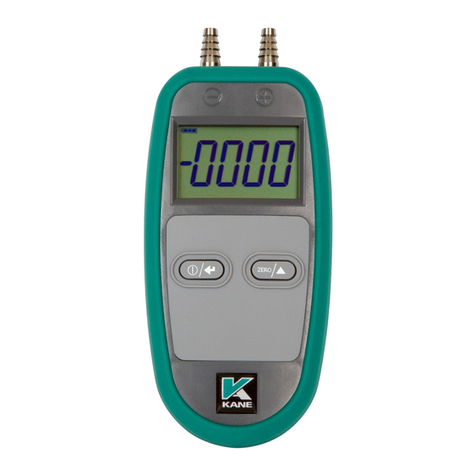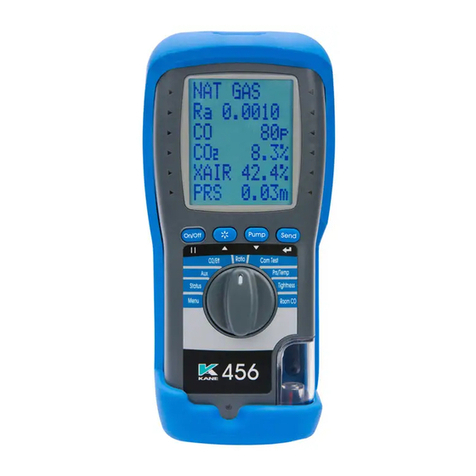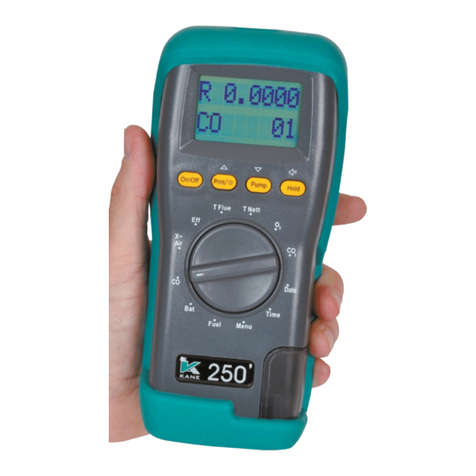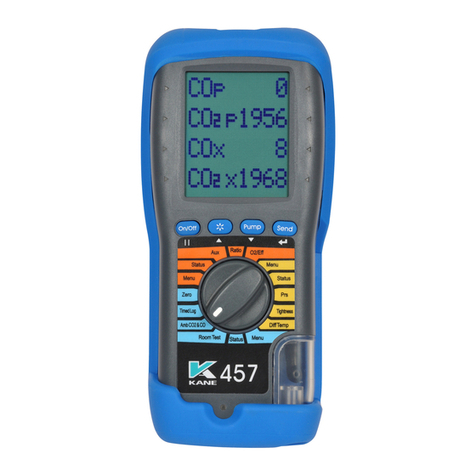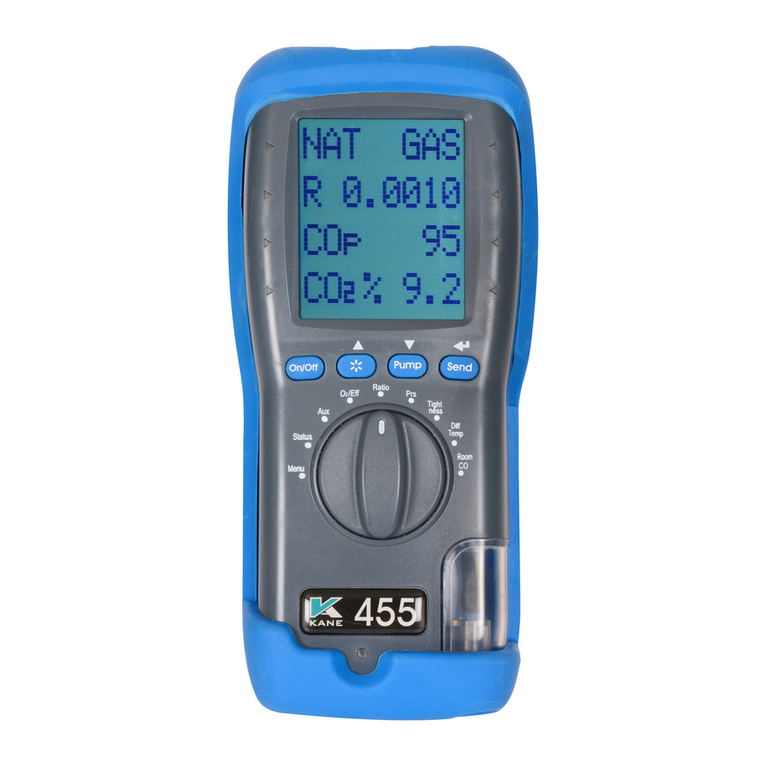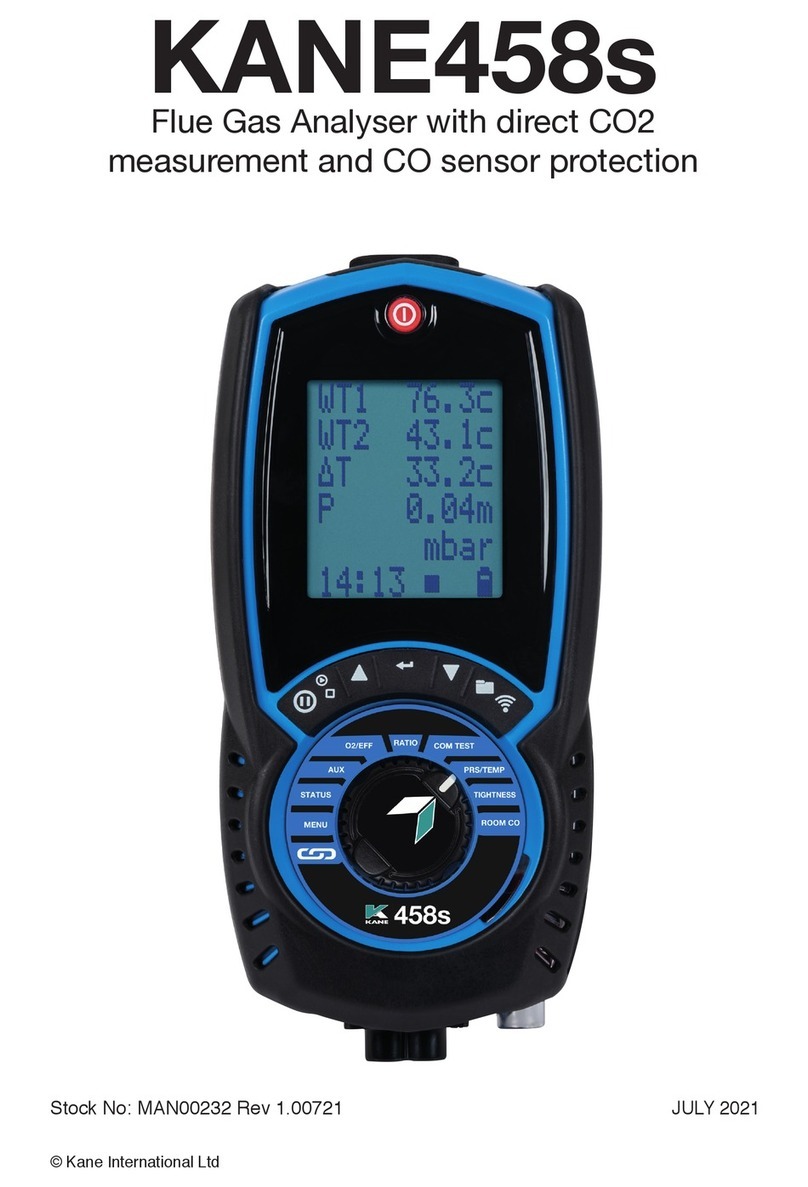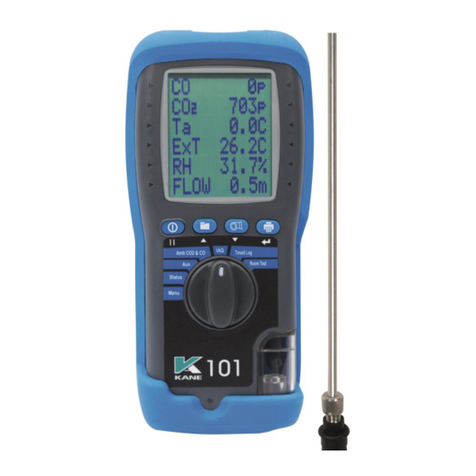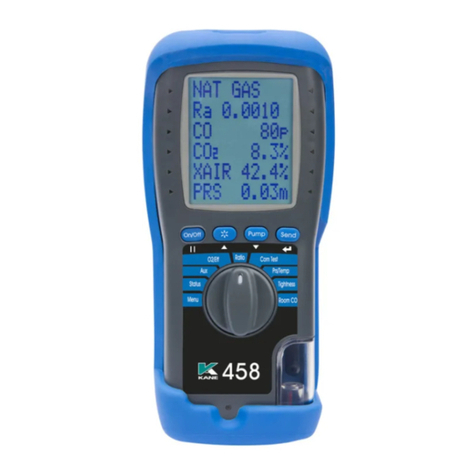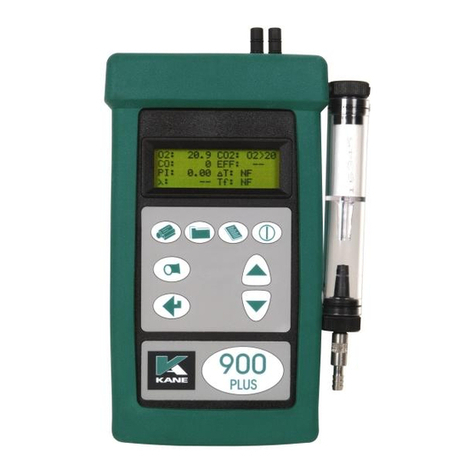
Page 4
2. PRINCIPLE OF OPERATION
The AUTO600 takes a sample of exhaust gas through a flexible probe
inserted into the vehicle’s exhaust. The gases are passed through a tube
that is illuminated by a near monochromatic visible light source. The
obscuration of this light gives an accurate measurement of the density of
the smoke emitted by the vehicle.
A fan is used to deliver clean fresh air to the smoke tube prior to the test
sequence. This is to ensure the AUTO600 has an accurate zero.
Vectored air curtains are directed at the lenses at each end of the smoke
tube to prevent “sooting” of the lenses, which would change the zero
calibration.
The measurement tube and smoke delivery system are heated to
prevent condensation and loss of smoke particles. This is to ensure
accurate and repeatable measurements are obtained.
3.
BEFORE USING FOR THE FIRST TIME
The AUTO600 base unit has an integrated nickel-metal hydride (NiMh)
battery pack that can be recharged by using a mains powered charger.
The first charge should be for twelve hours continuously. When an
external charger is connected and power is detected the green LED
above the charger socket flashes.
NiMh batteries are suitable for top up charging at any time, even for short
periods. The charger can be left connected to the AUTO600
continuously.
TIP: For maximum battery operational life it is strongly
recommended that the AUTO600 is connected to the mains
charger or the vehicle DC adapter during the warm up
period. This ensures that the high power needed during this
phase does not drain the internal battery. This will
substantially increase operational battery life.
The expected operational battery life is four hours on a full charge.












